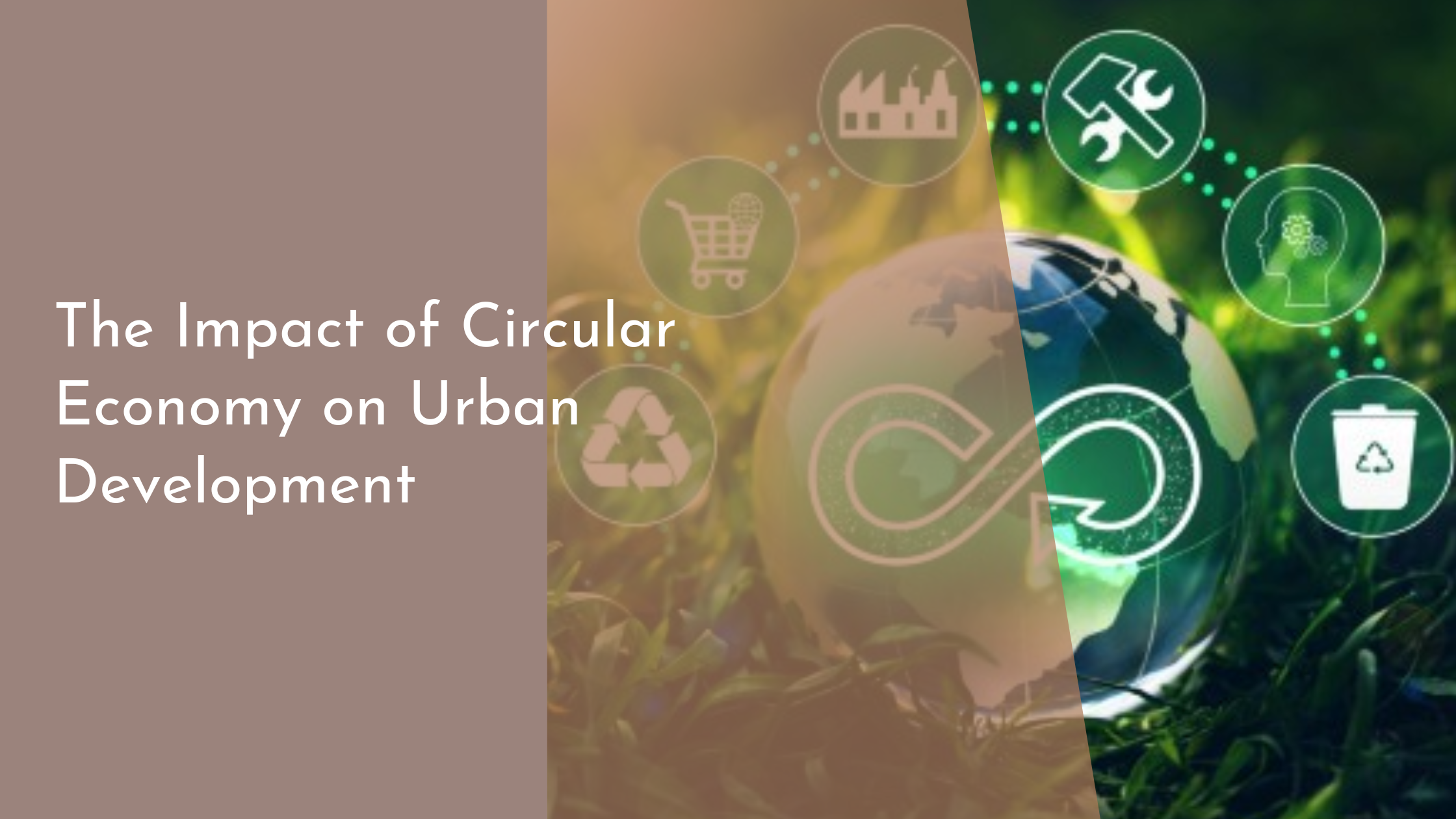The Impact of Circular Economy on Urban Development
In recent years, the concept of a circular economy has emerged as a beacon of hope for sustainable urban development. As cities around the globe grapple with the challenges of population growth, resource scarcity, and environmental degradation, the circular economy offers a transformative approach that not only addresses these issues but also harnesses new opportunities for thriving urban landscapes. This article explores the impact of the circular economy on urban development, examining how this visionary model is reshaping cities into hubs of resilience, innovation, and sustainability.
Understanding the Circular Economy Concept
At its core, the circular economy is a revolutionary approach to economic and environmental sustainability that challenges the traditional “take-make-dispose” model. In contrast, the circular economy emphasizes a restorative and regenerative system where resources are used for as long as possible, maximum value is extracted during their use, and products and materials are recovered and regenerated at the end of their service life. This model aims to reduce waste and pollution and keeps products, materials, and resources in use within the economy, thus creating a closed loop.
The transition to a circular economy is not merely a shift in economic practices but also involves a fundamental change in how societies view consumption and production. This transformative approach encourages innovation in areas such as product design, supply chain management, and waste management. It promotes the development of new business models that prioritize sustainability, collaboration, and systemic thinking. By fostering a culture of reuse, repair, and recycling, the circular economy empowers individuals and businesses to take an active role in building a more sustainable future.
Urban Development: Challenges and Opportunities
Urban areas worldwide are facing a myriad of challenges, including rapid population growth, increased demand for resources, infrastructural strain, and environmental degradation. These challenges are often exacerbated by traditional linear economic models that lead to resource depletion and waste accumulation. As cities continue to expand, the need for sustainable urban development has become more urgent than ever, necessitating innovative solutions that can address these pressing issues while fostering economic growth and social well-being.
Amidst these challenges, the circular economy presents a wealth of opportunities for urban development. By integrating circular principles, cities can transform their waste management systems, optimize resource use, and create new economic opportunities. Circular strategies can enhance urban resilience by reducing dependency on virgin resources and mitigating environmental impacts. Additionally, the circular economy can stimulate innovation and create jobs in sectors such as recycling, remanufacturing, and renewable energy, thereby contributing to a more inclusive and diversified urban economy.
Circular Strategies Transforming Urban Spaces
One of the most promising strategies in transforming urban spaces through the circular economy is the development of eco-industrial parks. These parks facilitate the sharing of resources, utilities, and services among businesses, leading to increased efficiency and reduced waste. By promoting industrial symbiosis, eco-industrial parks create an environment where materials, energy, water, and by-products are exchanged between different industries, mimicking natural ecosystems. This not only minimizes waste but also lowers costs and creates a mutually beneficial network of collaboration and innovation.
Another impactful circular strategy is the incorporation of urban agriculture and green infrastructure. By repurposing unused urban spaces into community gardens and vertical farms, cities can enhance their food security, reduce transportation emissions, and foster community engagement. Green infrastructure, such as green roofs and permeable pavements, can mitigate urban heat effects, manage stormwater, and improve air quality. These strategies not only contribute to a sustainable urban environment but also enhance the quality of life for residents, making cities more livable and resilient.
Embracing the Future: A Circular Urban Vision
To fully embrace the circular economy, cities must adopt a forward-thinking vision that incorporates circular principles into urban planning and policy-making. This involves reimagining urban spaces to prioritize sustainability, resilience, and inclusivity. Governments and stakeholders must collaborate to create a conducive environment for circular innovations, invest in research and development, and provide incentives for businesses and communities to adopt circular practices. Public awareness campaigns and educational initiatives can also play a crucial role in fostering a circular mindset among citizens.
Looking ahead, the integration of digital technologies and data analytics will be key in advancing a circular urban vision. Smart city technologies can enhance resource efficiency, optimize waste management, and facilitate real-time monitoring and decision-making. By harnessing the power of innovation and technology, cities can accelerate the transition to a circular economy, paving the way for a sustainable and prosperous urban future. Embracing this vision will not only address the environmental and economic challenges of today but also create vibrant, resilient, and inclusive cities for generations to come.
As cities navigate the complexities of the 21st century, the circular economy offers a promising path forward. By embracing circular principles, urban areas can transform challenges into opportunities, creating sustainable environments that foster economic growth and social well-being. The journey towards a circular urban future requires collaboration, innovation, and a shared vision for sustainability. As we move towards this future, we have the opportunity to redefine urban development for the better, crafting cities that are not only thriving and resilient but also a true reflection of our commitment to a sustainable world.

